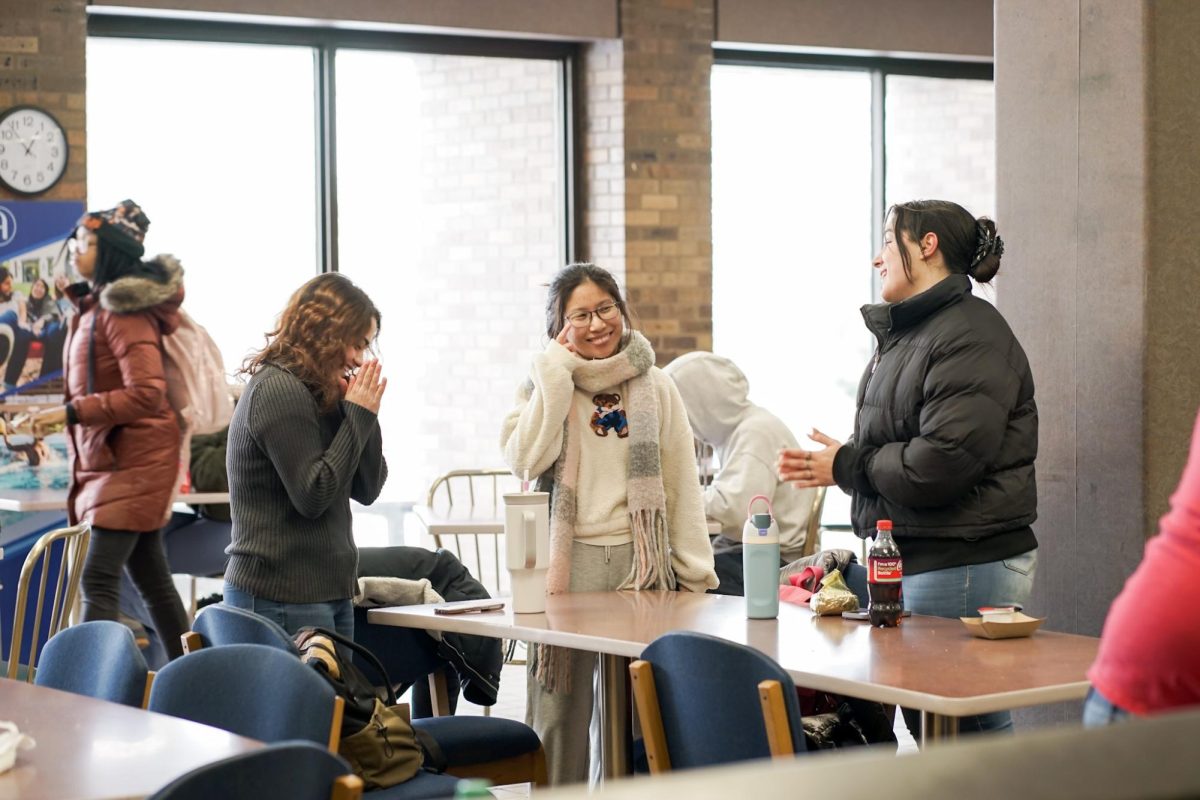Back to burnout: Students struggle with full class load amid pandemic
October 13, 2021
On a cold night in 2013, my brother and I had just finished watching World War Z. The movie is about a lethal virus called Solanum that transforms healthy people into something vicious, thoughtless and rabid.
“Why do I feel like something like this has a chance of happening in our world?” I asked my brother right after the movie ended, not really thinking much of my remark. “Because it is honestly possible,” he said.
I’ve had that thought in my head since then: that a deadly, global pandemic could occur. And then it did.
Since the outbreak of COVID-19 began, students’ learning styles shifted, and we had to adjust to completely new learning strategies. As a result, burnout was often discussed and observed. While these issues are nothing new to the student community, the stress of the pandemic intensified them.
This was primarily due to having to stare at your computer screen for long periods of time to ensure you were obtaining the knowledge you needed, as well as a lack of social interaction to compensate and distract you throughout the pandemic.
Now, trying to balance social interaction, schoolwork and the stress of the pandemic has resulted in a lack of personal time. Not only that, but having to return to social settings seems to be a difficult transition for many people.
“Post-covid, burnout is way worse than it was before,” Molly Naber, senior, said. “Professors are implementing the procedures they found during COVID and everyone is trying to get social settings back into their lives.”
Naber studies accounting and economics, and like other students is taking all in-person classes this semester. “Going back to the old learning styles is also a struggle. I don’t think we really learned much last year. It was a lot of using notes and getting by,” Naber said.
“A lot of the time I think we are putting too many demands on ourselves and too many demands on students,” Christopher Moyer, visiting assistant professor of psychology, said. “We are always telling students to take care of themselves and we are always trying to remind ourselves to have balanced lives. At the same time…we are often asking more and more of people.”
At this point in the pandemic, students are learning how to create a balance between making time for themselves and their education. This can be a difficult task, especially considering the amount of activities students are involved in.
Our constantly moving world makes it difficult for people to set aside time for themselves, since we have a million things on our plates. There is not enough time in a day to complete all the tasks we expect to finish. This makes prioritizing self-care not as important, which can be detrimental to one’s productivity levels and overall well-being.
An overload of social interactions, academic assignments, in-person events and other stressors make a student’s life busier and more harmful to their mental health than ever. All of these factors piling up on each other at once is a serious threat to the rate of burnout a student could face.
If a faster rate of burnout is experienced, students’ well-being can be severely damaged in ways that harms relationships, motivation and the amount of information students learn.
That being said, mental health and burnout is greatly affected by the overwhelming return of ‘normal’ learning styles.
“I feel like I have to go back to learning how to learn again,” Naber said.
As assignments and in-person expectations are in full blast once again, learning styles for every student is something that needs to be familiarized after going through the transition of online to where we are now.
Not only affecting mental health, the quality of a student’s work can also suffer.
“Especially transferring from in-person to online and then back to in-person, it was definitely a shift from the quality of my work,” Gabrielle Brand, first year, said. “That kind of impacted my mental health, just because it was hard to comprehend what was important and what wasn’t.”
As we transition to post-COVID times, students need to prioritize their mental well-being to help avoid feelings of burnout, which could cause a decline in their overall mental state.
Several resources on campus can help students cope with pandemic stress and learn new forms of self-care. These outlets were designed to improve students’ mental health and overall well-being.
The Augustana webpage contains a list of resources under the student counseling services section. From crisis hotlines to in-person counseling sessions, a number of services are available for students to use when feeling the effects of burnout or declining mental health.
The adjustment of returning to the ‘normal’ school environment is a hard task to handle. Many students may feel faster rates of burnout or notice a decline in their mental health because of the new learning practices required for their education.
Prioritizing your mental well-being starts by simply taking a few moments out of your day to assess your feelings and mental health and work from there.
If you or someone you know is experiencing burnout or mental health concerns, Cheri Mizaur, the counseling service assistant, is a point of contact to consider. Her number is (309)-794-7357.







































































































